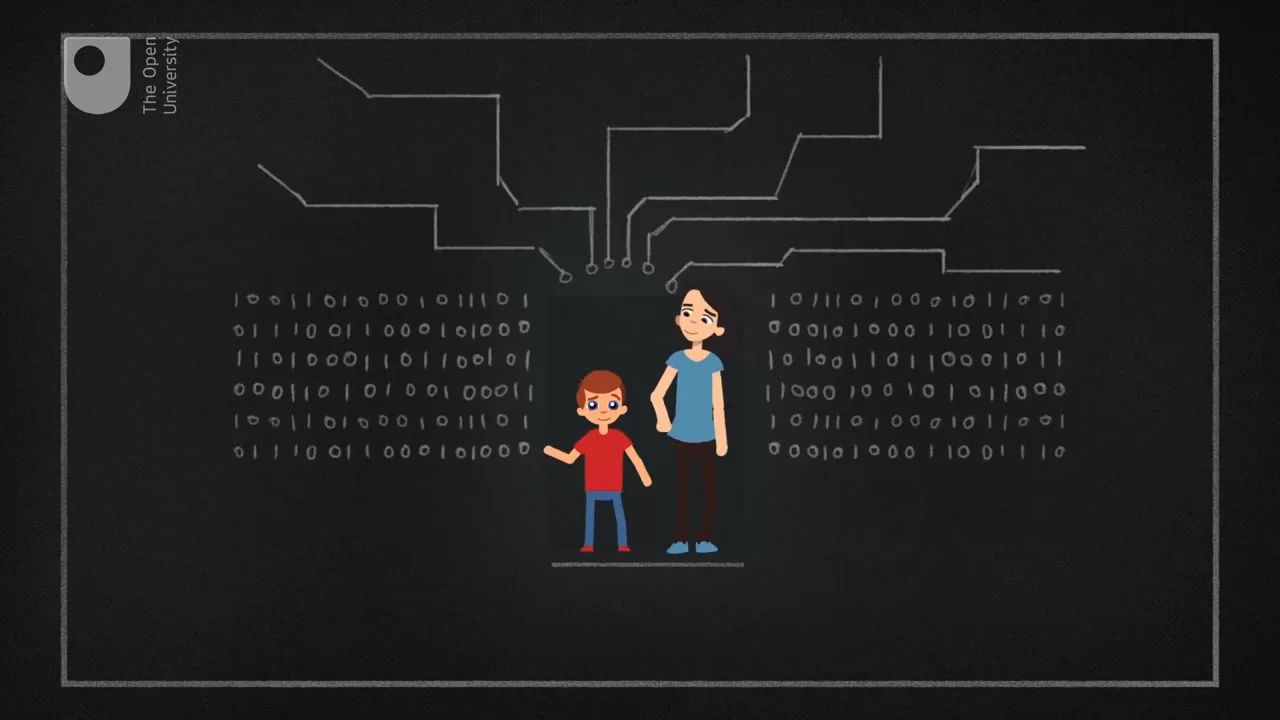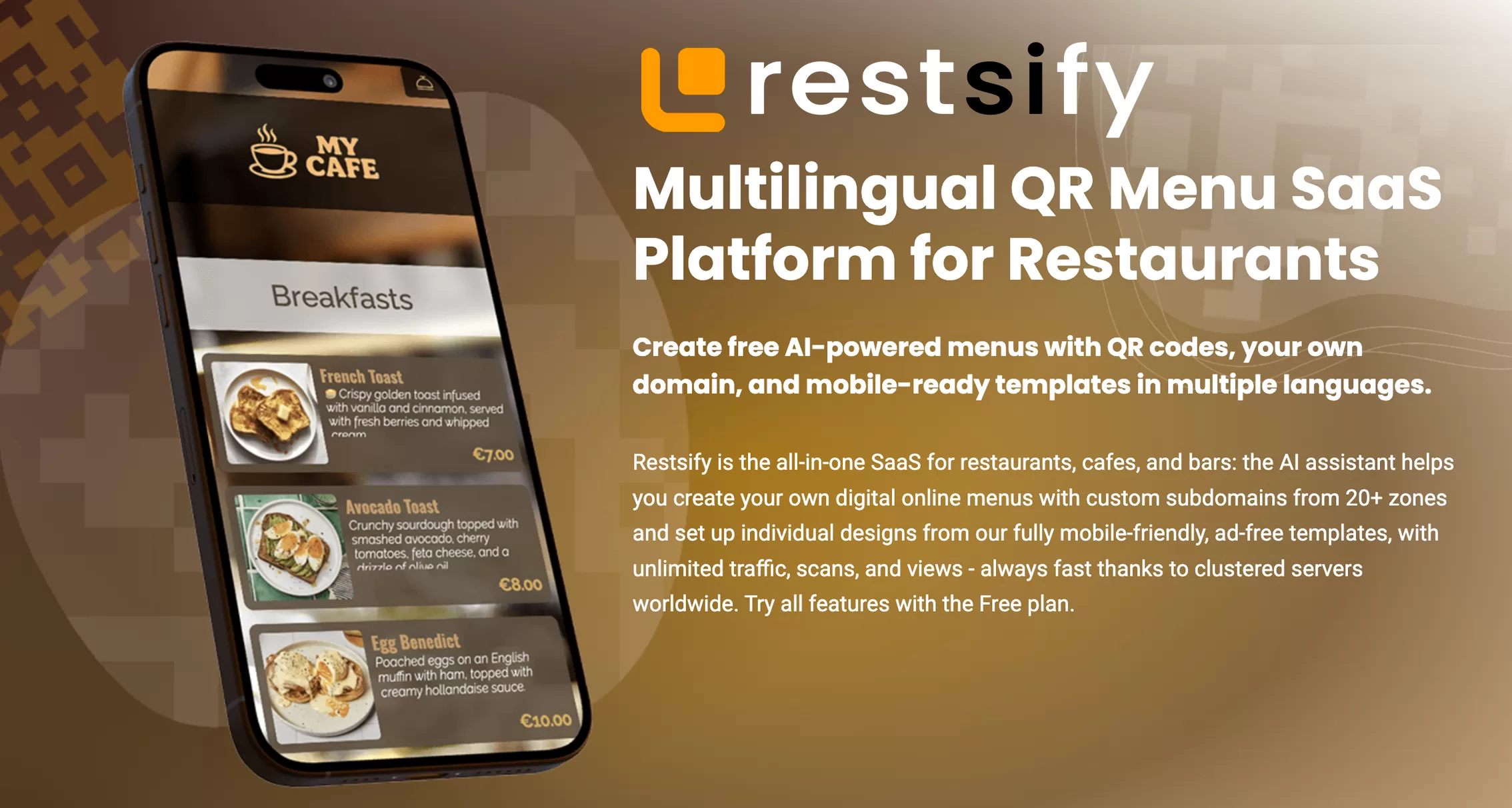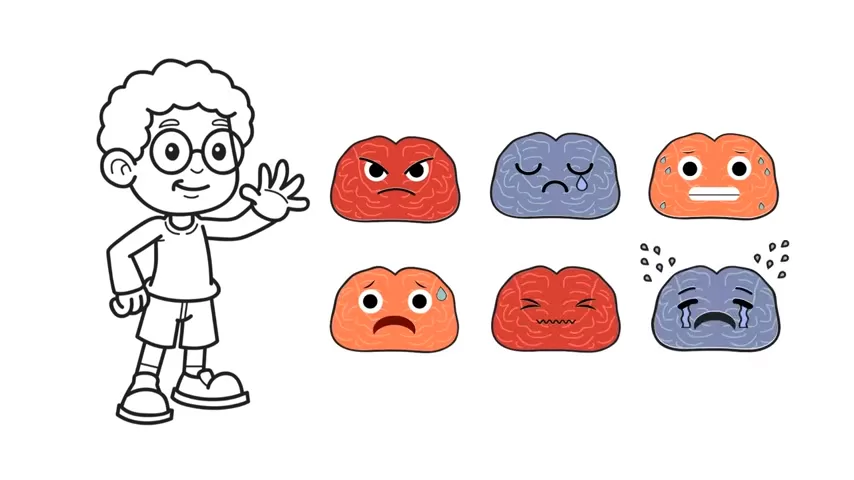In a world where screen time often outweighs learning time, parents are constantly seeking smarter, more meaningful ways to educate their children. The digital age demands an education system that adapts to the needs of each individual learner.
Children no longer respond to outdated one-size-fits-all methods. Instead, they thrive in environments where their unique strengths, interests, and emotional states are taken into account. The goal is not just to teach but to inspire — to help children love learning for life.
Modern educational tools are more than just substitutes for traditional classrooms. They offer new opportunities for engagement, flexibility, and deeper understanding. When used thoughtfully, technology can help bridge the gap between home and school, giving families the resources they need to succeed.
Why Personalization in Education Matters
Children today grow up surrounded by fast information, multitasking, and a rapid pace of communication. Traditional educational models often fail to address the diverse learning styles and emotional needs of each child. Many students fall behind not because they are incapable, but because they are disengaged or misunderstood.
Personalized education is about listening — really listening — to each child’s needs and adjusting methods to support them. It emphasizes connection, curiosity, and confidence over memorization and routine. When a student feels understood, they’re far more likely to excel.
Moreover, personalized learning promotes autonomy. Children learn to reflect, make choices, and take ownership of their academic journey. It fosters habits that extend well beyond school and into adult life.
In this way, personalization is not a luxury — it’s a necessity in the 21st-century learning landscape.
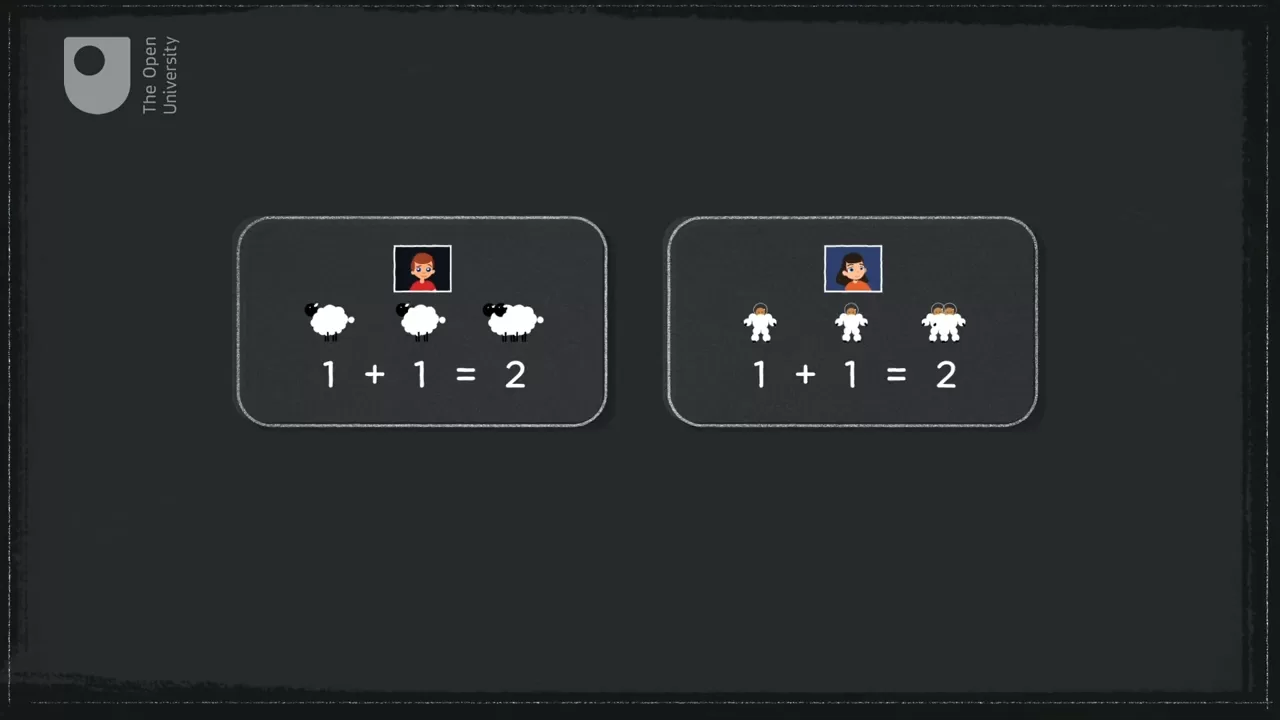
Building Confidence Through Connection
Confidence in children doesn’t emerge overnight. It grows in environments where they are valued, challenged, and supported. A big part of this comes from the relationships they build with their educators.
Strong student-teacher relationships are built on empathy and mutual respect. A caring educator can often spot issues long before they become problems — whether it’s a lack of motivation or underlying anxiety. When trust is present, children open up.
The role of emotional safety in academic achievement is often underestimated. Students who feel safe and supported perform better across all metrics, from literacy to logical thinking. Their enthusiasm for learning increases naturally.
Confidence, then, becomes a byproduct of connection. And this connection must be intentional and nurtured with care.
The Power of Online Learning Environments
Remote learning has changed the face of education. But its effectiveness depends entirely on how it is implemented. Done poorly, it becomes cold and isolating. Done right, it becomes a personalized window into a world of discovery.
The flexibility of online education allows children to learn at their own pace, in their own environment. There’s no stress from commuting or crowded classrooms. Lessons can be scheduled around family life, creating a healthy balance.
Good online programs encourage interaction, creativity, and movement. They bring the best parts of traditional learning into the digital realm and leave behind the outdated rigidity.
Parents too benefit — they can see what and how their children are learning, giving them an active role in the process. Transparency builds trust, and trust builds progress.
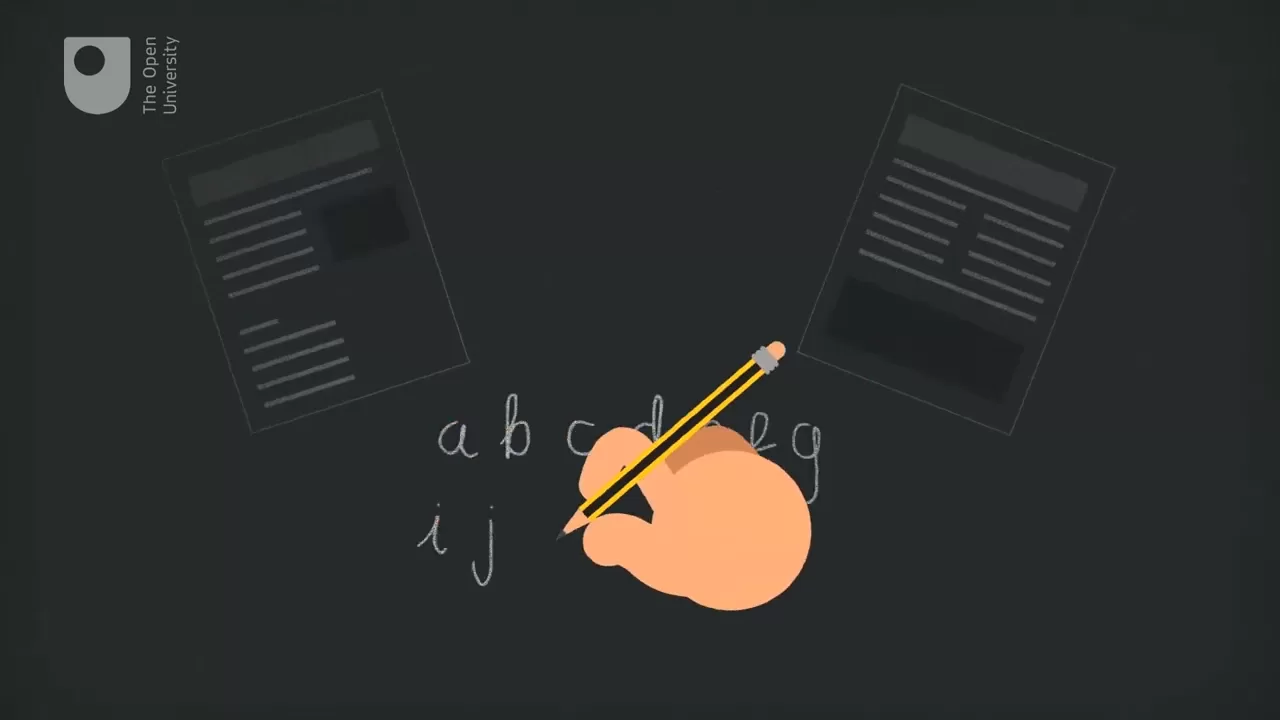
Real Results, Real Stories
Real learning is measured not only by grades but by behavior and attitude. A child who was once withdrawn and afraid to speak might now lead discussions and ask questions. A student who avoided math may begin solving problems for fun.
These transformations don’t require miracle solutions — they require time, patience, and the right environment. Sometimes, all it takes is one caring adult to make the difference.
Families across Ukraine are beginning to embrace these new methods. Whether it’s early reading skills or preparing for exams, results speak louder than promises. When children are empowered, they flourish.
What’s most inspiring is the ripple effect: confident children become motivated learners, and motivated learners become active, thoughtful adults.
Learning as Play
Play isn’t a distraction from learning — it is learning. Especially in early childhood, cognitive development is deeply tied to play-based activities. Games, storytelling, and movement teach more than repetition ever could.
Educational systems that integrate play see better results in both comprehension and retention. Children engage more deeply when they don’t feel like they’re “being taught.”
When creativity is welcomed into the learning space, curiosity follows. And curiosity is the engine of lifelong learning. It makes education joyful, not obligatory.
From roleplay to interactive problem-solving, learning through play unlocks new parts of a child’s personality and intellect. It builds not just skills, but joy.
Beyond Memorization: Developing Real Skills
The traditional emphasis on memorization leaves little room for critical thinking. In contrast, meaningful learning focuses on understanding, applying, and evaluating information.
Skills like problem-solving, emotional regulation, and collaboration are just as important as math or grammar. In fact, they form the foundation for mastering academic subjects.
Modern learners need to be adaptable and reflective. The world is changing rapidly, and education must prepare children not just to fit in, but to contribute.
Teaching methods that emphasize real-world skills ensure that children are ready for challenges beyond the classroom — equipped not just with knowledge, but with wisdom.
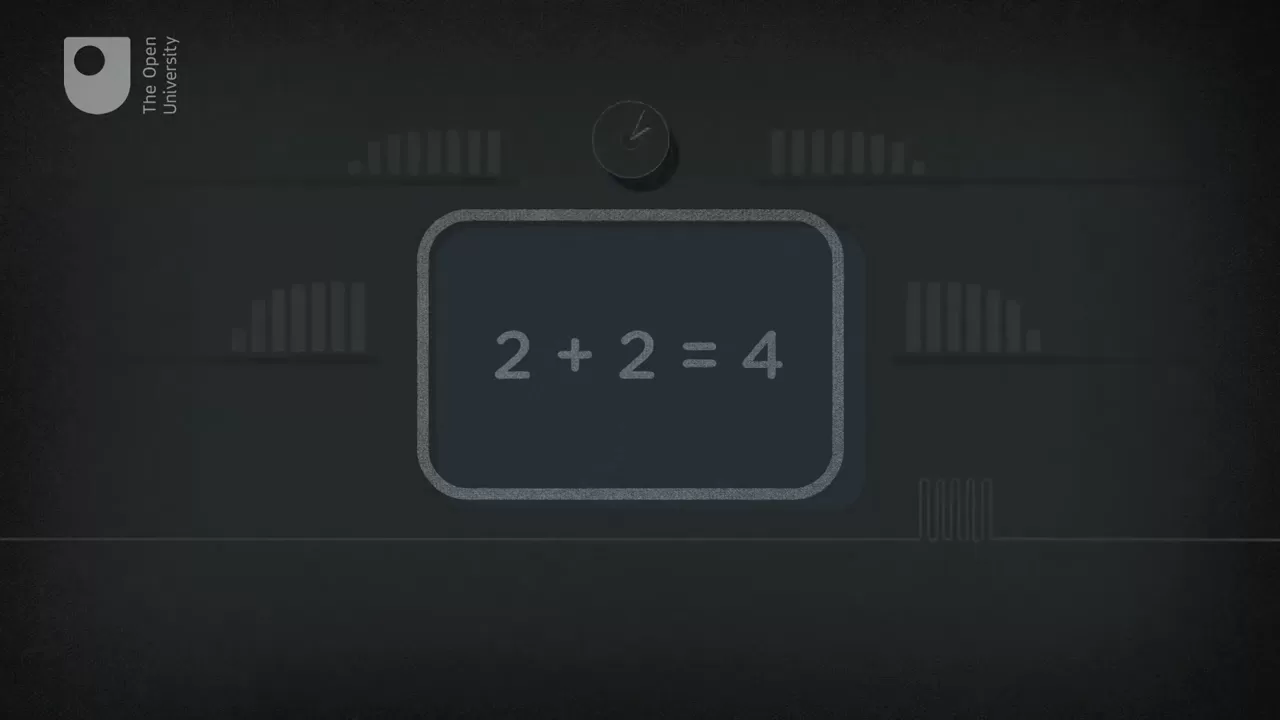
The Role of the Educator
Technology can deliver content, but it can’t replace human connection. The educator’s role in modern learning is not to dictate, but to guide, support, and encourage.
Teachers today need a new set of tools: emotional intelligence, adaptability, and a willingness to personalize. When educators act as mentors, children respond with trust and curiosity.
Professional development must focus on these evolving roles. Teachers, like students, should always be learning — about their students, their field, and themselves.
In this dynamic, the educator becomes a co-explorer — walking alongside the child through their academic and emotional growth.
Lifelong Learning Starts Young
Children are natural learners. They ask questions, explore their environment, and push boundaries. The goal of education should be to nurture this instinct — not to suppress it.
A good educational experience doesn’t end when the lesson does. It leaves children with something to think about, to feel proud of, to build upon.
The seeds of lifelong learning are planted early. When children experience success, joy, and support in their education, they begin to seek it out on their own.
In this way, early education is not preparation for life — it is life. And it must be handled with care.
Conclusion: Where Care Meets Quality
The best education doesn’t happen by accident. It is designed with care, delivered with love, and sustained by connection.
Technology, flexibility, and content are only as good as the human values behind them. And when those values include empathy, personalization, and joy — the results are remarkable.
Parents today have the opportunity to choose what kind of learning journey their children will take. The right decision can change a child’s future.
If you’re ready to explore a smarter, more supportive path to your child’s education, click learn more.
